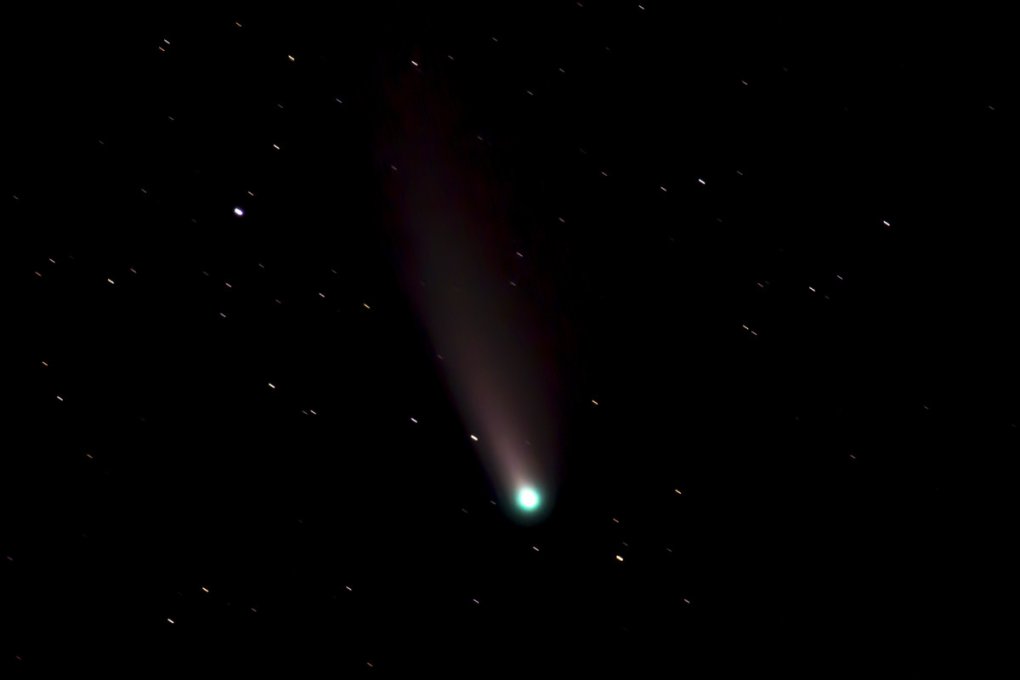From October 12 until the end of the month, the comet Tsuchinshan-ATLAS will be visible in many parts of the world. In the Baltic states, people will be able to see it with the naked eye in the evenings: starting at 7 PM low on the western horizon and later on the southwestern side, reports BNN.
According to the Latvian Astronomical Society (LAB), the Tsuchinshan-ATLAS (C/2023 A3) was discovered on January 9, 2023, at the Tsuchinshan Observatory in China and independently on February 22, 2023, in South Africa with the ATLAS robotic telescope. Hence the name Tsuchinshan-ATLAS comet.
On September 27 of this year, the comet was closest to the Sun (58 million km away). Due to the Sun's heat, the comet became brighter, and its tail lengthened. On October 12, the comet will be closest to Earth (70 million km away), making it the best time for observation. By the end of October, the comet will move away from both Earth and the Sun and will no longer be as bright.
Comets are composed of rocks, dust, and ice. When a comet approaches the Sun, the ice begins to melt and vaporize, forming a shell of dust and gases around the comet's core. Comets are also characterized by a tail. Bright comets appear in our field of view on average every 15–20 years. Bright comets were last seen in our region in 1996 (the Hyakutake comet) and in 1997 (the Hale–Bopp comet). In the Southern Hemisphere, observers were delighted by the very bright McNaught comet in 2007 and the NEOWISE comet in 2020.
The International Astronomical Union names comets after their discoverers. In recent years, comets have been increasingly identified using specialized telescopes or spacecraft, which results in these comets being named after the respective observation centers, telescopes, or spacecraft.








